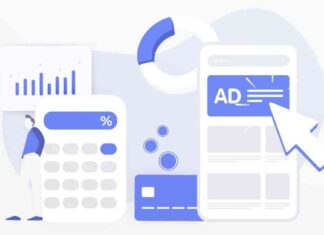Cumulative Layout Shift (CLS) is a crucial metric that measures user experience on a webpage. It became a ranking factor in 2021, emphasizing the need to optimize it for better user experience.
CLS refers to the unexpected movement of webpage elements while a user is scrolling or interacting with the page. Elements like fonts, images, videos, contact forms, and buttons can cause this shift, leading to a poor user experience. A low CLS score indicates coding issues that need to be addressed.
Several factors contribute to CLS issues, such as images without dimensions, ads, dynamically injected content, web fonts, and CSS or JavaScript animations. To minimize CLS, it’s essential to provide height and width dimensions for images and videos in the HTML. Responsive images should maintain the same aspect ratio across different viewports.
Ads can also cause CLS if not properly styled and sized. Dynamically injected content, like social media posts, can lead to layout shifts if not pre-allocated space. Web fonts may cause Flash of Invisible Text (FOIT), which can be prevented by using preload fonts and font-display: swap CSS property.
CSS or JavaScript animations that change element sizes can also result in layout shifts. Using CSS transforms and allocating space for animated elements can help prevent CLS issues.
The calculation of CLS involves two metrics: Impact Fraction and Distance Fraction. Impact Fraction measures the space an unstable element occupies in the viewport, while Distance Fraction calculates the distance the element has moved. Multiplying these fractions gives the Cumulative Layout Score, which is crucial for measuring user experience.
Understanding CLS is essential as it impacts Core Web Vitals ranking factors. While knowing the calculations is not necessary, understanding how CLS works and optimizing it is crucial for a better user experience.
In conclusion, optimizing Cumulative Layout Shift is vital for enhancing user experience on webpages. By addressing the factors contributing to CLS issues and understanding how it’s calculated, websites can improve their overall performance and ranking in search results.























